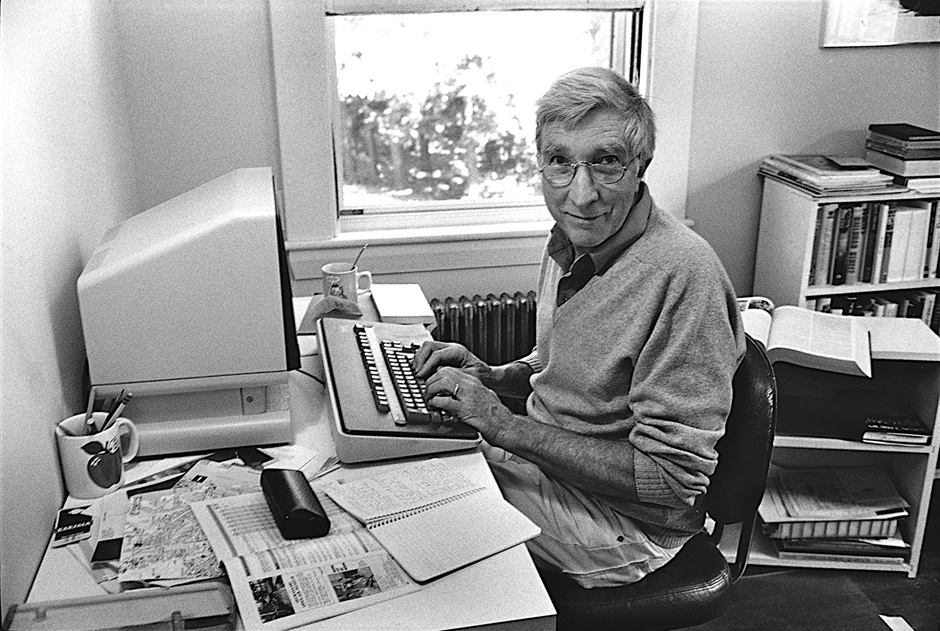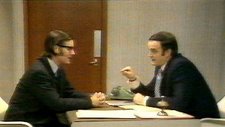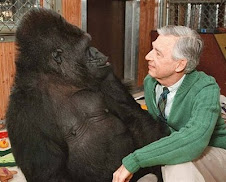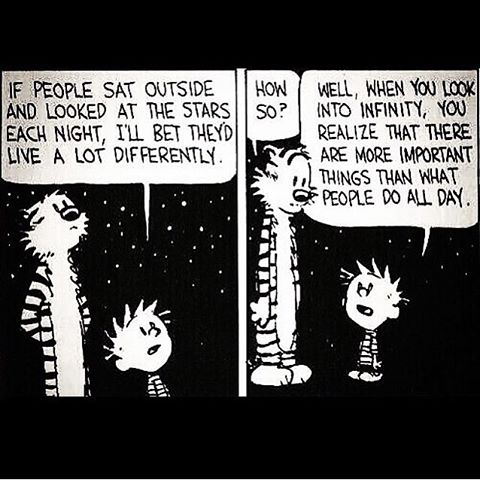Thursday, April 22, 2010
Happy 40th Earth Day!
Today is Earth Day. And it's also the 40th anniversary of the first Earth Day — held on this day in 1970 and widely considered to the birth of the modern environmental movement.
Earth Day's founder was a senator from Wisconsin, Gaylord Nelson. His goal was to force environmental issues onto the national agenda. Before 1970, stories about the environment were almost never reported. One Earth Day organizer said that back then, "Environment was a word that appeared more often in spelling bees than on the evening news."
In 1969, an oil pipe ruptured just off the coast of Santa Barbara, California, causing 200,000 gallons of crude oil to burst forth and then slowly leak out and spread over an 800-square-mile slick. It took 11 days to plug the hole. The oil poisoned seals and dolphins, whose corpses washed up onto California beaches, and it killed thousands of seabirds as well. Senator Nelson visited the site of the enormous ecological disaster and was outraged that nobody in Washington seemed to be concerned about the great devastation to the natural environment. And then he realized that many people simply didn't really know.
So he proposed a national "teach-in," an event to take place on universities campuses around the nation, one that would educate the public, raise awareness on environmental issues, and make politicians pay attention to these things, so that they would make laws to protect the environment in order to, as he said, "stem the tide of environmental disaster."
He saw how successful the anti-war protestors were at getting media coverage — and therefore, making politicians take notice — and he decided to base his campaign for environmental awareness on their model. He also hoped to infuse the same student anti-war energy into the environmental cause. He proposed setting aside one day a year as a national day of observance about environmental problems. The New York Times picked up the story in late September 1969, a great boon to the grassroots organizers of the campaign, who had no Internet to spread the word.
At first, Senator Nelson called it National Environment Teach-In Day, but his friend, a New York advertising executive suggested "Earth Day," especially catchy since it rhymes with "birthday," and that's what the press began to call it. Historian Adam Rome has called Earth Day the "most famous unknown event in modern American history."
About 20 million Americans participated in the first Earth Day on April 22, 1970. They gathered at assemblies in high school gyms, at university plazas, in suburban city parks. At the University of Wisconsin-Madison, where Gaylord Nelson had graduated from law school, people met up at 4:45 a.m. for an "Earth Service," where, according to one report, they "greeted the sunrise with a Sanskrit invocation and read together from Aldo Leopold, Rachel Carson, Thoreau, and the Bible." Girl Scouts distributed pamphlets that Wisconsin grad students had written, which gave household tips for helping to preserve the environment. Tens of thousands met up in Philadelphia's Fairmont Park — and stayed there for days — and 100,000 streamed into Fifth Avenue in New York City. People celebrated spring weather and gave impassioned political speeches about environmental issues.
Though unstructured and somewhat incohesive, Earth Day was hugely successful. Environmental issues found a prominent place on the political agenda. Earth Day in April 1970 helped lead to the creation of the Environmental Protection Agency by the end of that year (the EPA was created December 2, 1970), as well as to the passage of legislation like the Clean Air, Clean Water, and Endangered Species acts. Writer's Almanac
Subscribe to:
Post Comments (Atom)











 Charles Darwin (
Charles Darwin (















No comments:
Post a Comment